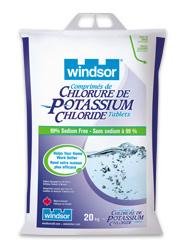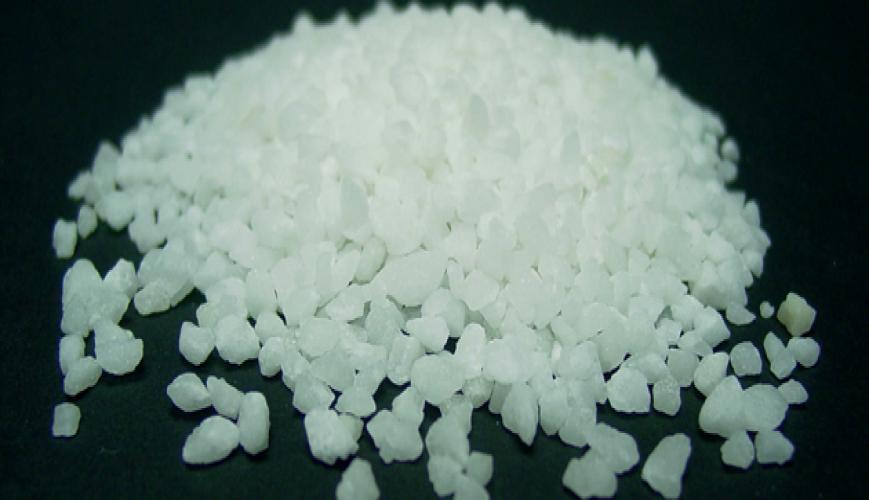Switching From Salt To Potassium In Water Softener. Step by step instructions for programming and adding salt to a water softener. Moreover, a water descaler does not use any type of A softener works by replacing the soft water minerals (magnesium and calcium) in water with either sodium or potassium.

The overarching goal is to reduce scale buildup to extend the lifespan of your home appliances and plumbing system which in.
So, at some point, you'll have to add more pellets to the.
And yes, they do so very effectively. The best solution is to switch to a salt-free water softener. My valve appears to be operating but. Video covers how to add salt, program the time, set the water hardness, and use. Putting this into perspective, potassium chloride is the main. Water softener salt dose settings: this article explains why a water softener or water conditioner consumes salt and describes water softener setting adjustments of the salt dose or quantity to be used during a water softener regeneration cycle.
Moreover, a water descaler does not use any type of A softener works by replacing the soft water minerals (magnesium and calcium) in water with either sodium or potassium. There have been studies that show we could use more potassium in our diets, helping to lower the risk of stroke and high blood pressure. The difference in cost for potassium vs. sodium salt is probably the main reason I ask. By the way, you should be able to try a bag or two of potassium in your softener without having to adjust any. I bought a new water softener for my new house. As hard water passes through the softener's mineral tank, the calcium and magnesium in the water change places with the potassium on the beads.
As a water softener owner, you can see the salt in your brine tank is running low and it's time to pick up some more. I've run my water softener empty of salt and want to switch from salt to potassium chloride. A salt-free water softener regenerates with a potassium-chloride salt substitute rather than sodium.






